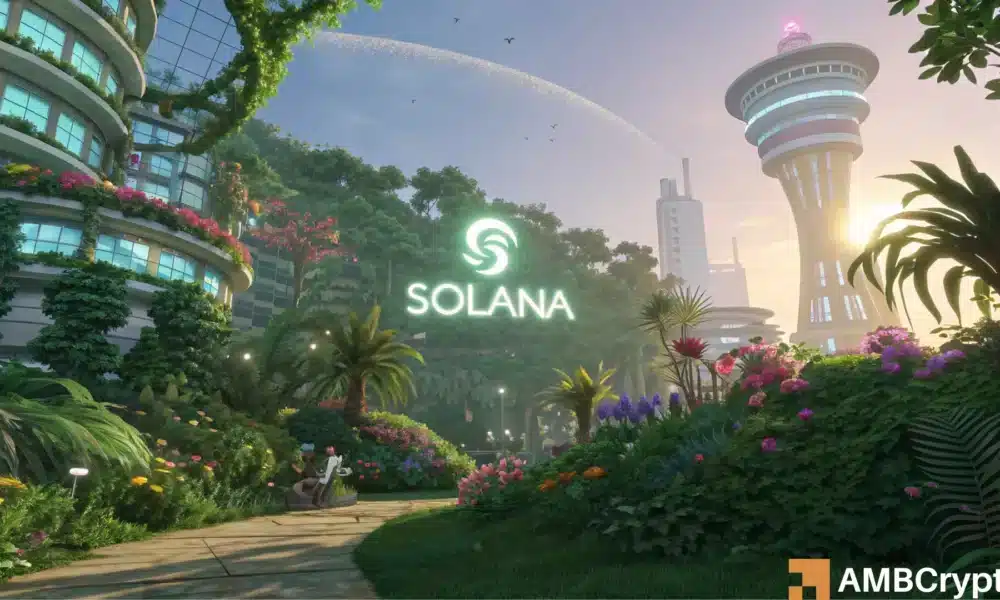Once again, the Solana DeFi ecosystem has garnered attention by reaching a milestone of over $10 billion in TVL after a gap of three years. This achievement showcases Solana’s recovery post FTX’s downfall, indicating a resurgence in trust within its ecosystem.
Through cutting-edge technology, increasing protocol adoption, and a rise in liquidity, Solana is reestablishing its position in the realm of DeFi. The pressing question remains – What are the catalysts fueling this expansion, and how far could Solana’s TVL ascend amid a bullish turn in the crypto market by 2025?
Factors Driving Solana’s Growth
Major protocols such as Solend have played a vital role in this progress by providing efficient lending and borrowing solutions at minimal costs, while Marinade Finance has offered competitive staking rewards, incentivizing SOL token holders and bolstering network decentralization. Platforms like Raydium have also significantly contributed by collaborating with Orderly Network to introduce Solana’s first perpetual Futures trading, thereby enhancing liquidity and trading volumes.
The surge in Solana’s TVL has been further propelled by a substantial influx of stablecoin liquidity. In December 2024, the network onboarded $1 billion in stablecoins, pushing the total to approximately $5 billion, with Circle’s minting of $1.25 billion in USDC on Solana further reinforcing this liquidity. These inflows have facilitated key DeFi functions such as trading, lending, and yield farming.
Ecosystem enhancements like Solayer, characterized by low fees and high transaction speeds, have attracted both individual and institutional investors. Given the positive market sentiment and the potential introduction of a U.S Spot Solana ETF, Solana’s DeFi ecosystem appears poised for sustained growth and a resurgence in investor faith.
Solana’s Outlook for 2025
The recent price surge of SOL reflects significant market optimism, with a nearly 10% increase recorded within a single day.
As the RSI approaches overbought levels, it indicates a growing investor confidence level but also raises concerns regarding possible corrections. Moreover, the escalating OBV signals a surge in buying pressure, potentially further propelling TVL growth. If Solana maintains its current pace, surpassing the $15 billion mark in TVL appears plausible, with a potential target of $20 billion achievable if institutional investments and stablecoin liquidity witness an upswing.
Nevertheless, risks stemming from overheating indicators and market volatility cannot be discounted. Monitoring network stability and regulatory shifts will be crucial for ensuring long-term sustainability.

